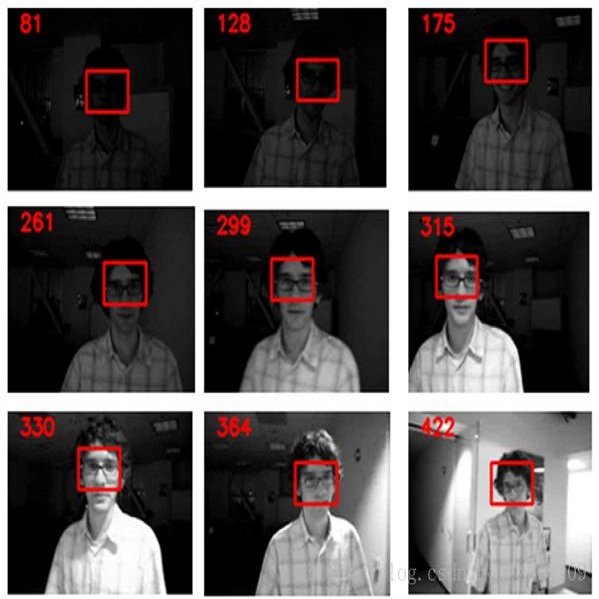
The 1$^{\text{st}}$ Workshop on Maritime Computer Vision (MaCVi) 2023 focused on maritime computer vision for Unmanned Aerial Vehicles (UAV) and Unmanned Surface Vehicle (USV), and organized several subchallenges in this domain: (i) UAV-based Maritime Object Detection, (ii) UAV-based Maritime Object Tracking, (iii) USV-based Maritime Obstacle Segmentation and (iv) USV-based Maritime Obstacle Detection. The subchallenges were based on the SeaDronesSee and MODS benchmarks. %This report summarizes the main findings of the individual subchallenges, which are (1) UAV-based Maritime Object Detection, (2) UAV-based Maritime Object Tracking, (3) USV-based Maritime Obstacle Segmentation and (4) USV-based Maritime Obstacle Detection. This report summarizes the main findings of the individual subchallenges and introduces %Furthermore, we introduce a new benchmark, called SeaDronesSee Object Detection v2, which extends the previous benchmark by including more classes and footage. We provide statistical and qualitative analyses, and assess trends in the best-performing methodologies of over 130 submissions. The methods are summarized in the appendix. %The tech report for most of the top performing methods is attached. The datasets, evaluation code and the %competition's final standing leaderboard are publicly available at https://seadronessee.cs.uni-tuebingen.de/macvi.
翻译:1美元的海洋计算机远景(MaCVi)2023年海事计算机远景(MaCVi)讲习班侧重于无人驾驶航空飞行器和无人驾驶水面飞行器(USV)的海洋计算机远景,并在这一领域组织了若干次挑战:(一) 以无人驾驶航空飞行器和无人驾驶水面飞行器(USV)为基地的海上物体探测,(二) 以无人驾驶航空飞行器为基地的海上物体探测,(二) 以无人驾驶航空飞行器为基地的海上物体探测,(二) 以无人驾驶航空飞行器为基地的海上物体探测,(二) 以无人驾驶航空飞行器为基地的海上物体探测,(二) 以无人驾驶航空飞行器为基地的海上物体探测,(三) 以无人驾驶飞行器为基地的海上物体跟踪,(三) 以无人驾驶飞行器为基地的海上船只尾部,(四) 以紫外线探测为基地,我们引入了一个新的基准,称为SeaDronaces 见物体探测 v2, 包括更多的班级和镜头,从而扩展了前一个基准。我们提供的最新统计和定性分析,在目前提交的最佳方法中,用于进行最佳的实地评估。


